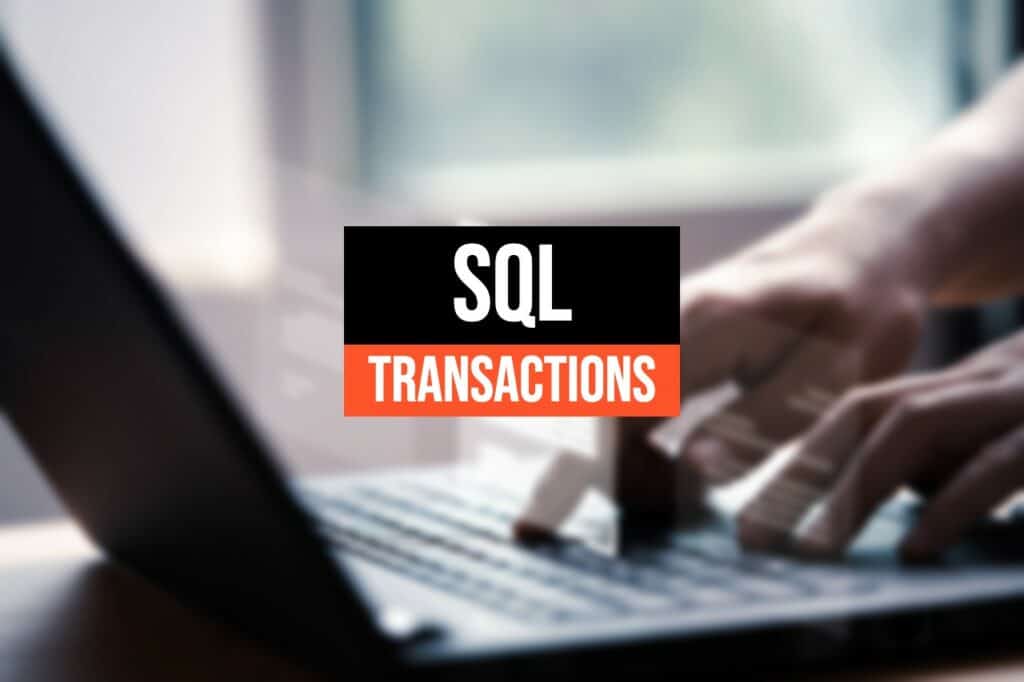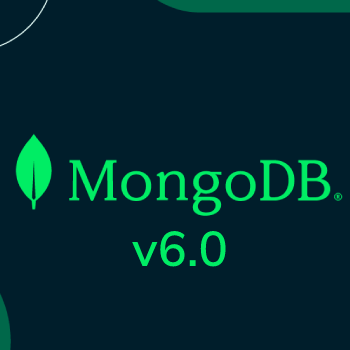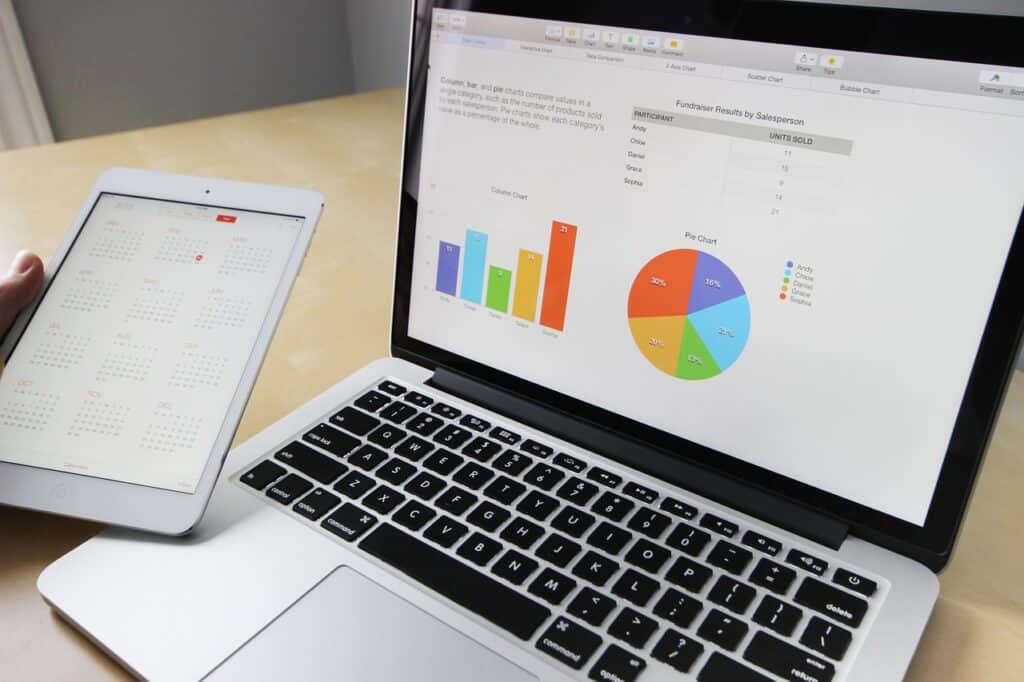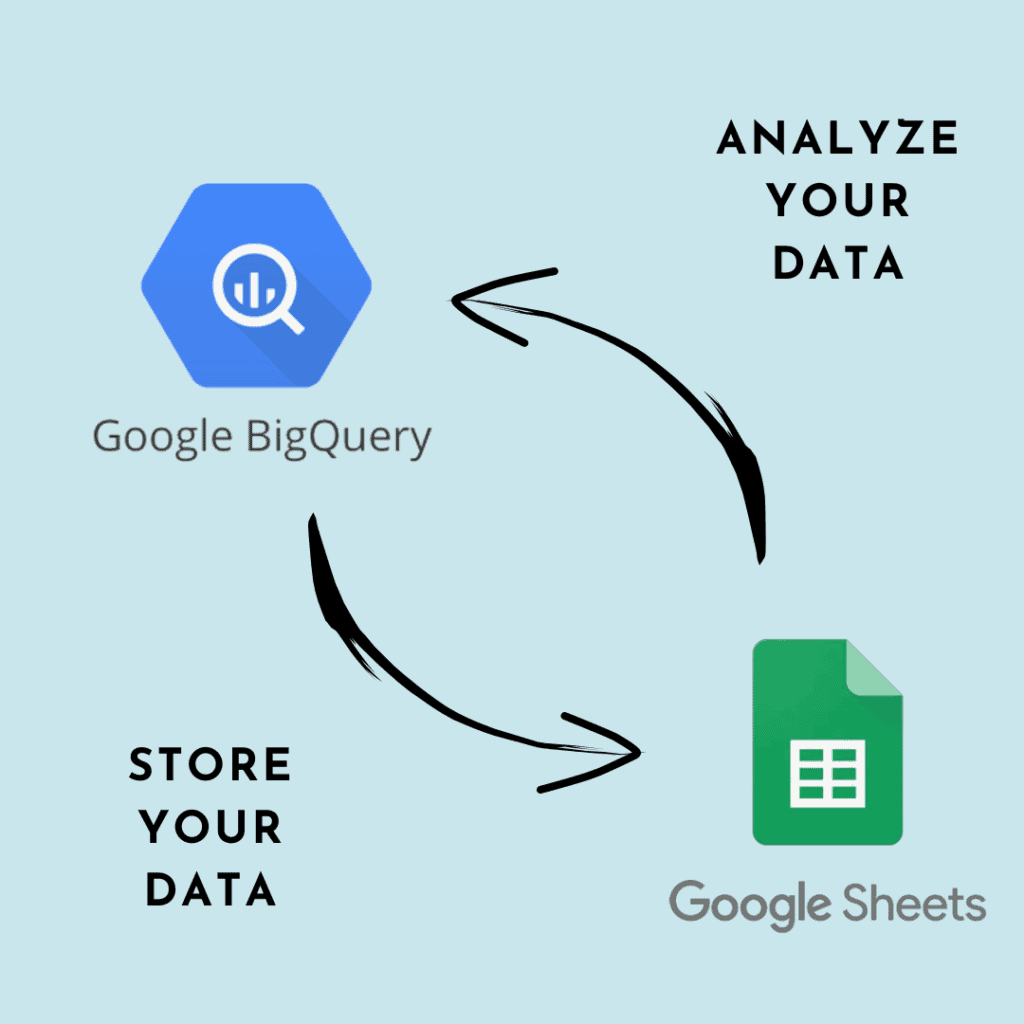SELECT: IN operator

In some cases writing SQL queries can be really complex. The divide and conquer strategy, always turns out to be successful because it allows us to merge the results of two or more queries. We have, however, the need to use special constructs. By means of nested queries and in particular of the IN operator this operation is simple and intuitive.
SELECT: query with JOIN and GROUP BY

Relational databases are based on modeling that divides the concepts we want to represent into different tables. However, when we use them in real application contexts we have to reconstruct these operations and sometimes define subsets of data to calculate statistics. How can we do this in the SQL language? By means of the JOIN and GROUP BY clauses! Let’s find out how to write them through practical examples.
SELECT: simple query structure

The SELECT statement in the SQL language is perhaps the most widely used as it allows us to retrieve information of interest from the database. Its syntax is simple and well-structured, but we need to know some constraints behind each clause of the statement. By means of some examples we will discover how to write queries that are simple but at the same time useful in a real context.
SQL: transactions and data manipulation

Databases provide a great tool for storing large masses of data. But how do we write the data correctly into it? Are there mechanisms to ensure that we get the data right? Let’s find out what transactions and their properties are, as well as basic commands for manipulating data.
SQL: creating a database

Relational databases play a key role in the design and development of any software application. Learning how to model and query a database in addition to properly manipulating data using the SQL language is within everyone’s reach. Let’s start by discovering some features of this language through the instructions for creating a database and defining its constituent tables.
Firebase: how to integrate a real-time database in Python

Firebase is a Google Cloud product that can. be used to build web applications quickly and easily. Among its features is the ability to create a NoSQL realtime database. Let’s find out how to interact with the database in a python program.
MongoDB 6.0: new features to improve applications

The new version of MongoDB provides new features to both improve the efficiency of some operations and increase developer productivity. Switching, therefore, to MongoDB 6 is an excellent choice!!!
Plotly Go: advanced visualization in Python

Visualizing data is critical to better understand the data and analysis performed. There are several tools, free and paid, that allow you to create fantastic dashboards. However, it is possible to write a few riches in Python to get great results and be more flexible depending on the project of interest. Let’s find out how to create interactive Scatter Bubble charts with Plotly Go on a real project.
Clustering: a real project to explore data

Clustering is a very powerful tool for grouping data. There are many algorithms that can be applied, so the choice is always difficult. In addition, all clustering algorithms require parameters to work. By means of a real case study, applied to real estate data, we will combine PCA, hierarchical clustering and K-means to provide optimal clustering solutions.
BigQuery and spreadsheets: how to integrate them?

We all use Google services to manage email, write documents, create presentations, and do calculations. But have you ever wondered how these tools can be used to increase your work productivity? With Google’s simple spreadsheets and powerful BigQuery data warehouse, we can analyze large amounts of data without having to be an expert. Let’s find out how to easily integrate these two tools for our projects.
